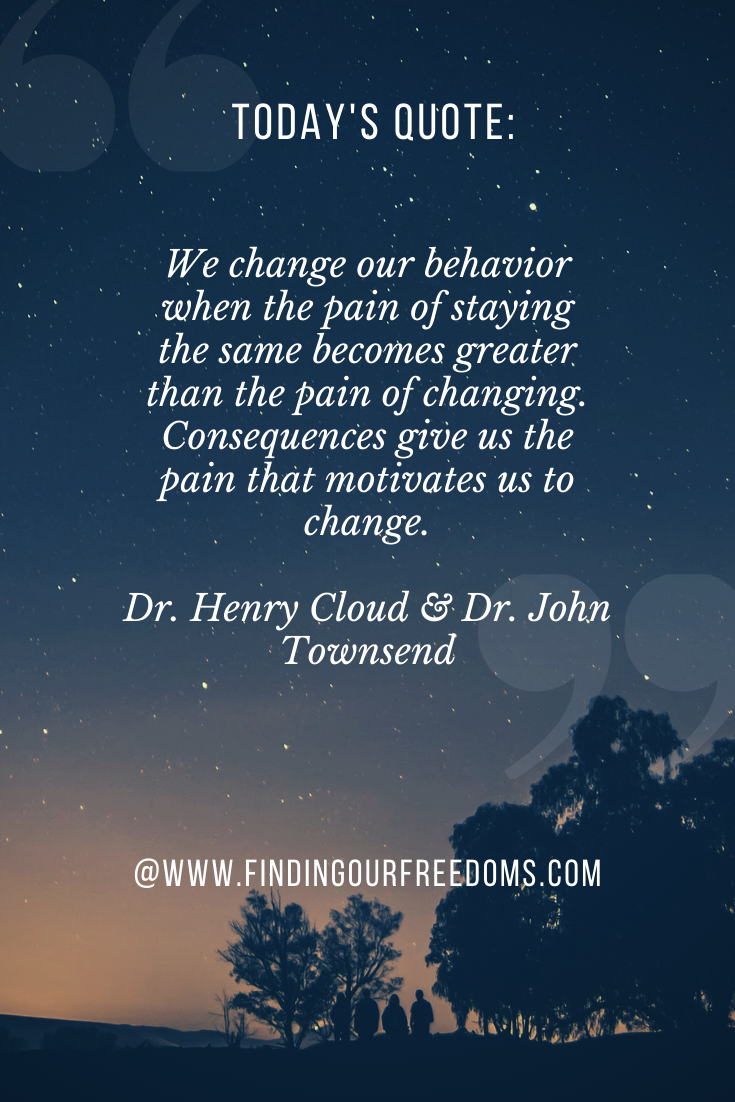


This might include a close friend in combat.Ĥ/16. Witnessed someone with whom you were very close (such as a parent, brother or sister, caretaker, or intimate partner) committing suicide, being killed, or being injured by another person so severely as to result in marks, bruises, burns, blood, or broken bones. Been in a major automobile, boat, motorcycle, plane, train, or industrial accident that resulted in similar consequences.ģ/15. Been in a major earthquake, fire, flood, hurricane, or tornado that resulted in significant loss of personal property, serious injury to yourself or a significant other, the death of a significant other, or the fear of your own death.Ģ/14. Reponse choices are: never, 1 or 2 times, more than thatġ/13. 1-12) and “age 18 or older” (the higher item number, i.e. Primary use / Purpose:Īssesses and distinguishes between four different types of traumatic events relating top betrayal, namely Interpersonal from non-interpersonal events, betrayal events (where the perpetrator had a close relationship with the target) from other interpersonal events (where the relationship was not so close), childhood from adult events, and physical versus sexual versus emotional types of abuse.īrief Betrayal Trauma Survey (BBTS) from Goldberg & Freyd (2006)įor each item below subjects report on exposure “before age 18” (the lower item number, i.e. Presentation at the 20th Annual Meeting of the International Society for Traumatic Stress Studies, New Orleans, LA, November 14-18, 2004.

(2004) Gender difference in exposure to betrayal trauma. Journal of Trauma & Dissociation, 7(3), 39-63. Self-reports of potentially traumatic experiences in an adult community sample: Gender differences and test-retest stabilities of the items in a Brief Betrayal- Trauma Survey. Psychometrics:įor psychometric details see: Goldberg, LR. Although many measures of trauma history have recently become available (see Norris, 1992 Norris & Riad, 1997 Wilson & Keane, 2004), the field has lacked a brief instrument that discriminates experiences with betrayal-related events (interpersonal events in a close relationship) from other kinds of potentially traumatic events, which is exactly what the Brief Betrayal Trauma Survey (BBTS) accomplishes. In summary, betrayal- trauma theory emphasizes the nature of the relationship between the victim and the perpetrator, particularly whether or not the perpetrator is a caregiver. High levels of both life threat and social betrayal characterize the most severe traumatic events with both aspects present, both classes of symptoms can co-occur, as in cases of post-traumatic stress disorder. Life threat is predicted to lead to symptoms of anxiety and hyper-arousal social betrayal should lead to symptoms of dissociation, emotional numbness and depression, and constricted or abusive relationships.

Freyd (1999, 2001) hypothesized that separate clusters of symptoms of post-traumatic distress arise from two distinct dimensions of harm–life threat and social betrayal. According to betrayal trauma theory (Freyd, 1994, 1996), experiences involving a betrayal of trust, such as childhood abuse perpetrated by an adult who is quite close to the victim, led to a set of outcomes that differ in kind from traumas that do not involve betrayal.


 0 kommentar(er)
0 kommentar(er)
